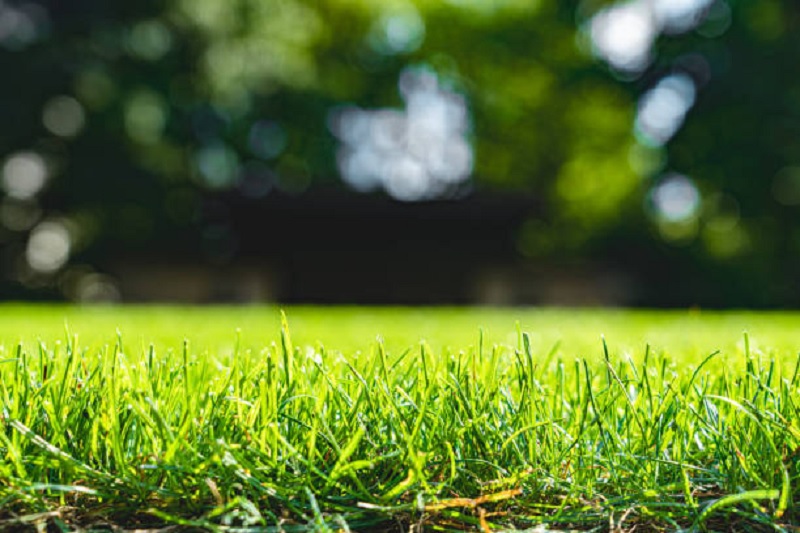Raised bed gardening is a popular and practical gardening method that involves planting in soil that is elevated above ground level. These beds are constructed using various materials. Such as wood, bricks, or concrete blocks, and can be any shape or size to suit the gardener’s preferences and available space. This gardening technique has gained widespread popularity due to its numerous advantages and ability to overcome common gardening challenges.

Benefits of Raised Bed Gardening
One of the main benefits of gardening on the beds is to improve the quality of the soil. Gardeners have complete control over the soil used. Allowing them to create a nutrient-rich and well-draining medium that fosters optimal plant growth. Additionally, raised beds warm up faster in the spring, extending the growing season. They also have better aeration and drainage, reducing the risk of waterlogged soil and root rot.
Preventing Soil Compaction
Another advantage is the prevention of soil compaction. Because the raised bed structure provides clear boundaries, there is no need to step on the soil, preventing soil compression and maintaining its loose, fertile structure. This makes it easier for plant roots to grow and access nutrients and water.
Furthermore, raised beds offer excellent weed control. The elevated design and defined borders help keep weeds at bay, reducing competition for resources and minimizing the need for manual weeding. As a result, garden maintenance becomes more manageable and less time-consuming.
Raised bed gardening is also an accessible option for people with physical limitations. The elevated nature of these beds eliminates the need for bending or kneeling. Making it easier for individuals with mobility issues or disabilities to participate in gardening activities.
Adding to the Aesthetic Appeal of the Garden
In addition to the practical benefits, raised beds can add aesthetic appeal to the garden. Gardeners can design unique layouts, incorporate various materials, and create visually pleasing arrangements. So enhancing the overall beauty of their outdoor spaces.
Moreover, raised beds are ideal for small spaces and urban environments where traditional in-ground gardening may not be feasible. You can place it on the terrace, roof, or balcony. So as to bring the joy of gardening to city dwellers who have limited access to yard space.
When it comes to crop selection, raised beds offer versatility. Gardeners can mix and match plants with different soil and water requirements in separate beds, optimizing growing conditions and enhancing productivity.
Pest and Weed Control
Lastly, raised beds provide better pest and critter control. By elevating the growing area, it becomes more challenging for pests like slugs, snails, and small animals to access and damage the plants.
Raised bed gardening is a practical, efficient, and aesthetically pleasing gardening technique that offers numerous advantages. From improved soil quality and weed control to accessibility and versatility, raised beds are a fantastic choice for gardeners looking to maximize their growing potential while overcoming various gardening challenges.


